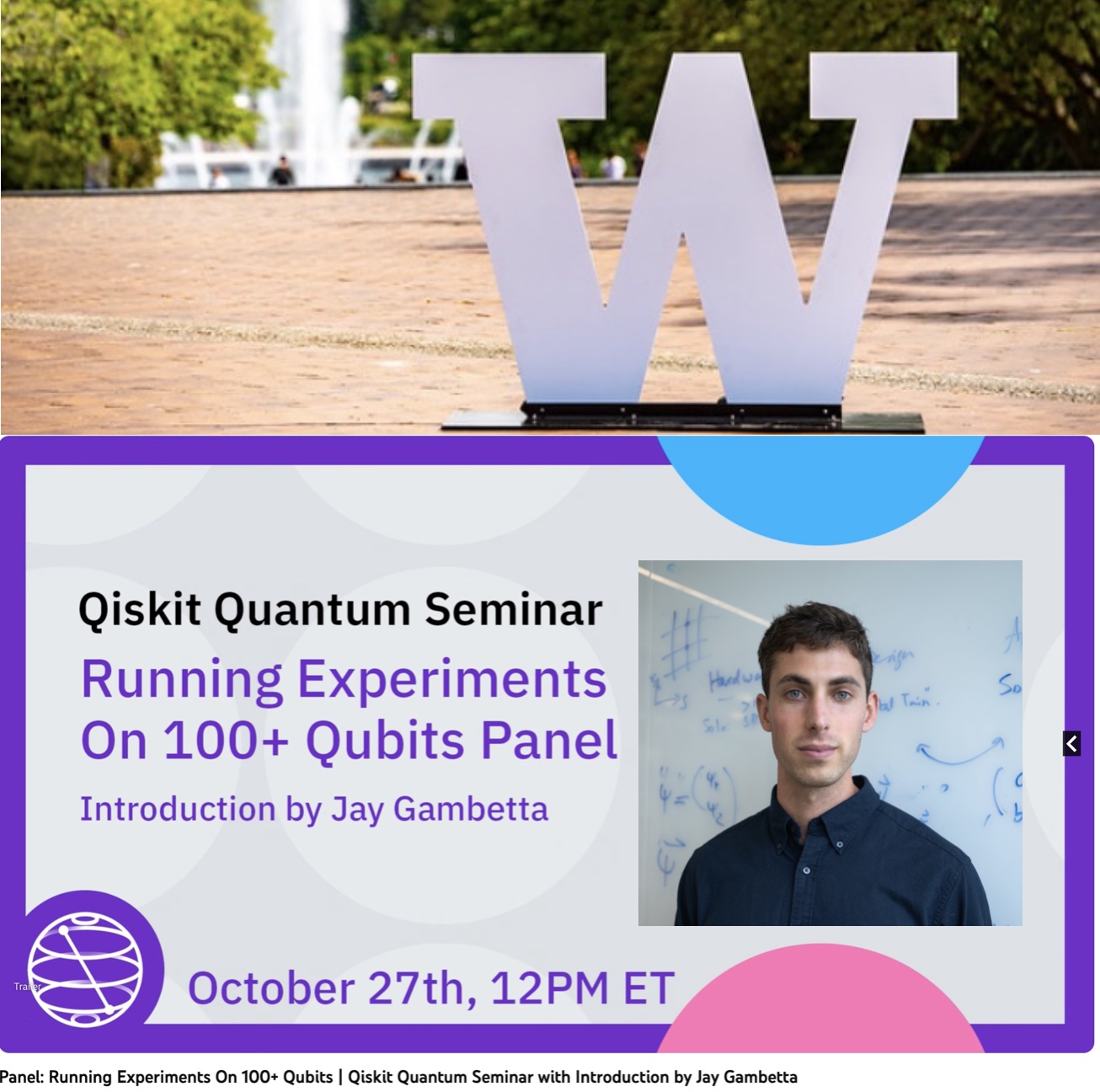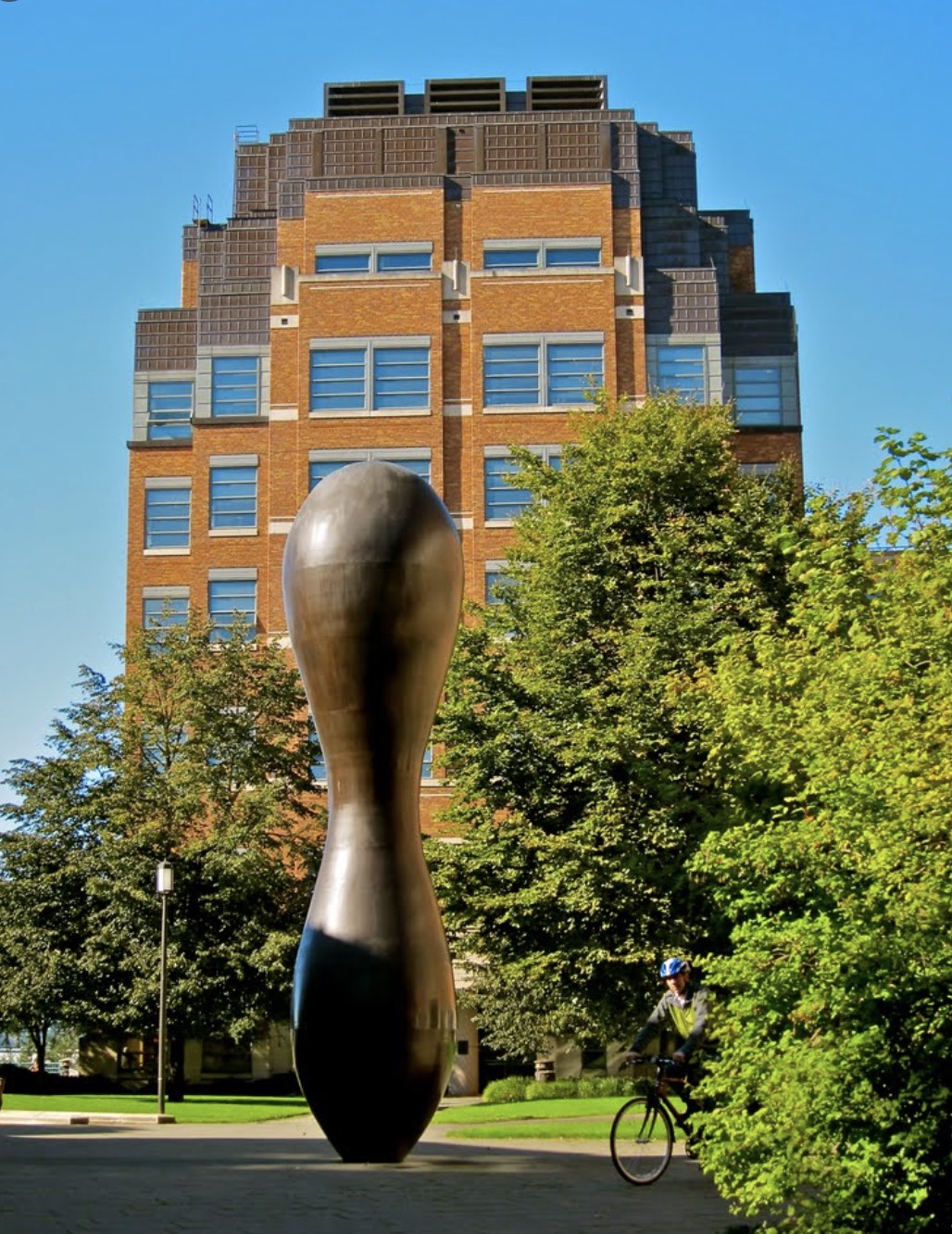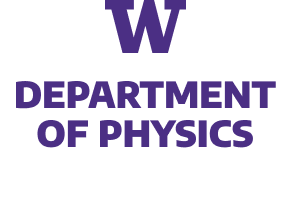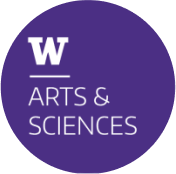
IBM Qiskit Panel: Roland Farrell
Running Experiments on more than 100 Qubits Panel, Introduction by Jay Gambetta
IQuS’s Roland Farrell will be 1 of 4 panelists with Jay Gambetta discussing the new era of quantum simulations with more than 100 qubits. Watch the panel discussion live on youtube:
From IBM’s website:
This session will be a little different from the usual Qiskit Quantum Seminar. Following an introduction by Jay Gambetta, this panel discussion will highlight some of the recent work using circuits with more than 100 qubits in order to push science forward, and discuss what it takes to perform research at this scale.
Quantum computing has long been in an exploratory phase, where researchers largely ran small-scale experiments. These experiments were valuable, both to help educate the community about how to run circuits on quantum hardware and to validate the tenets of quantum computation. But these experiments don’t push the field of quantum computation forward, since we can simulate them exactly using a classical computer. Therefore, real advancement means we need to run large circuits—and we need to run those circuits on real quantum hardware. Today, papers from researchers based at the University of Washington, Stony Brook University, IBM, and elsewhere are exploring a space beyond exact classical simulability, running circuits with over a hundred qubits and hundreds‚ even thousands of gates.
Bios:
Roland Farrell is a theoretical physicist who uses tools from quantum information science to solve problems in nuclear and high-energy physics. He is currently in the final year of his PhD at the University of Washington, and is a member of the nuclear theory and InQubator for quantum simulation research groups. His recent work has focused on simulating models of the strong nuclear force using quantum computers. These simulations aim to reveal aspects of nuclear binding, decay and transport that are beyond classical computing. Outside of physics, Roland enjoys reading, playing piano and spending time in the mountains.
Tzu-Chieh Wei received his PhD degree from the University of Illinois in 2004, working on quantum entanglement theory and schemes of entangled photons for quantum information processing. He held postdoctoral positions at the University of Illinois, the University of Waterloo (Institute for Quantum Computing) and the University of British Columbia before he arrived at Stony Brook University in 2011 as a faculty member. Working on quantum information science, he has contributed to the development of the geometric measure of entanglement, quantum computational universality of two-dimensional Affleck-Kennedy-Lieb-Tasaki (AKLT) states, the existence of nonzero spectral gap in AKLT models, the use of symmetry-protected topological states for measurement-based quantum computation, QMA-hardness complexity for bosonic problems, and applications of tensor-network methods in quantum many-body systems. His recent interest includes error mitigation for near-term quantum processors, quantum algorithms, and quantum simulations, and he has spearheaded the effort that led to the creation of a quantum master’s program at Stony Brook University.
Elisa Bäumer is a research scientist at IBM Research – Zurich, where she currently explores different applications of dynamic circuits, with a focus on the creation of long-range entanglement. She received her PhD in quantum information theory from ETH in 2022. Next to her research, she is engaged in outreach activities such as providing lectures and hands-on workshops for students, developers and researchers with various backgrounds.
Ed Chen is a Research Staff Scientist at IBM Quantum currently exploring the use of rapidly improving quantum devices for practical quantum error correction as it relates to condensed matter phenomenon and information processing. After earning a bachelor’s degree in physics at Caltech, he was supported as a NASA Space Technology Research Fellow for his master’s degree in applied physics and applied math at Columbia University, and doctoral degree in electrical engineering and computer science at MIT. Following his work on quantum networking and sensing with spin qubits in diamond at MIT, he spent a few years studying spin qubits in silicon at HRL Laboratories in Malibu, California before joining IBM Quantum.



